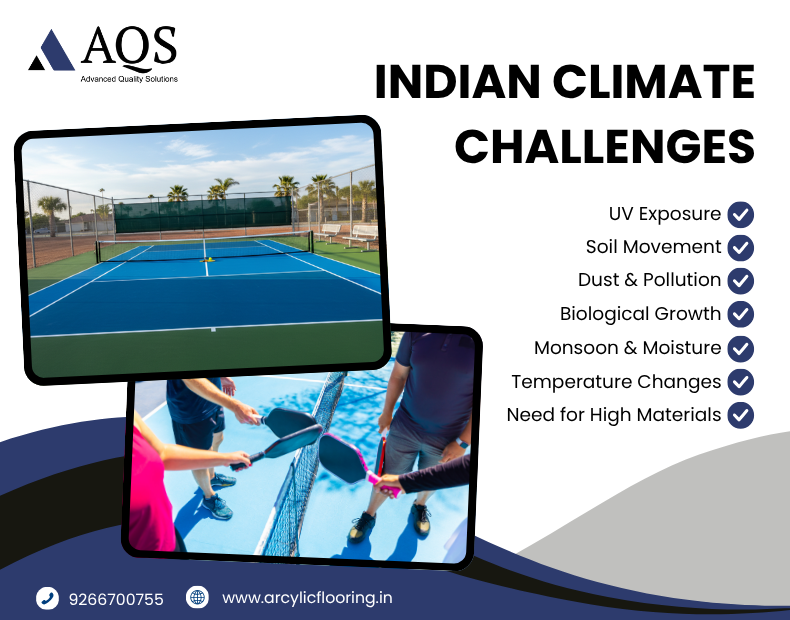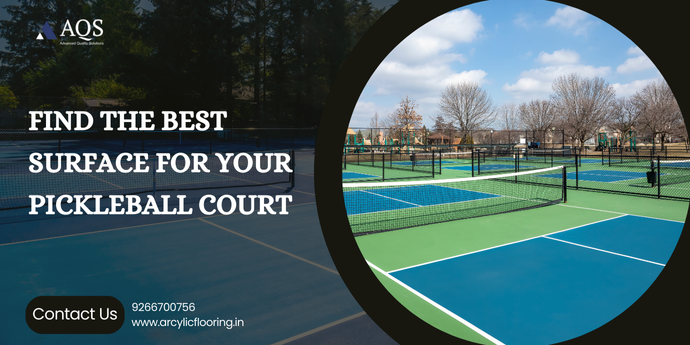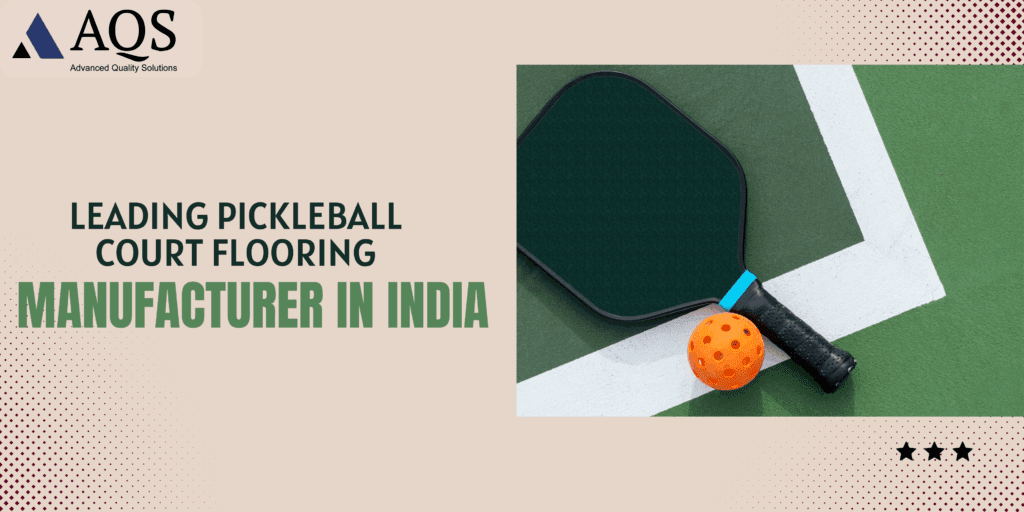Pickleball has become one of the most happening sports in India. From housing societies and recreation centers to professional academies, new courts are coming up all over the country. But before a single line is drawn, one question needs to be answered what surface should the court have?
In pickleball court construction, surface material decides more than just the look. It decides performance, safety, longevity and pickleball court construction cost. In India, this decision is even more critical as the climate challenges every layer of the surface from the concrete base to the finishing coat.
This article will help planners, architects and pickleball court construction companies to decide on the most reliable and cost effective option for Indian climate between plain concrete courts and acrylic coated systems.
Why Surface Choice Matters in Pickleball Court Building?
Pickleball is an outdoor sport. That means the surface has to withstand heat, UV, monsoon rains, dust and humidity. Inconsistent or low grade materials will crack, discolor, peel and create safety hazards.
In short the pickleball court surface material you choose will make the surface last 7 years or fail in 2.
Beyond performance the cost of building a pickleball court is directly affected by the surface choice. A bare concrete court may seem cheaper upfront but will require more maintenance, while an acrylic pickleball court will give you better long term value as it’s more durable and can be resurfaced.
Two Surface Options
1. Concrete Surface (Base Slab)
A concrete pickleball court is built from a reinforced, leveled slab with a broom or trowel finish, proper curing and drainage slope. In its simplest form the pickleball court surface is just the bare concrete or a thin layer of paint.
Concrete is sturdy as a foundation but porous and rigid. It absorbs heat, develops micro-cracks and becomes slippery when wet. Over time even small cracks can grow and reduce both aesthetics and playability.
2. Acrylic Overlay System
An acrylic pickleball court surface adds a scientific advantage to the same concrete base. This system consists of multiple specialized coatings a primer for adhesion, resurfacer for leveling, cushion coat for comfort, color coats for playability and top seal layers for UV protection.
This type of synthetic acrylic pickleball court flooring is the global standard for professional play. It provides uniform bounce, consistent grip, weather resistance and longer life. It can be recoated or recolored every few years and minimizes renovation costs.
Indian Climate Challenges
India’s vast and varied climate is one of the toughest for any sports flooring system. Pickleball courts, especially outdoor ones, have to withstand conditions that range from scorching heat in Rajasthan to heavy monsoons in Kerala. Each environmental factor tests the surface’s durability, elasticity and safety in different ways.

1. UV Exposure
Daytime pickleball court surface temperatures in India can go above 55°C in peak summers. Constant exposure to UV rays weakens unprotected coatings, fades colours, breaks down the surface. Without UV resistant formulations, the top layer of the pickleball court will chalk, peel and lose its visual appearance in a few seasons.
2. Monsoon & Moisture
Indian monsoon brings weeks of heavy rainfall followed by high humidity. The continuous wet-dry cycle allows water to collect into the surface, causing delamination, bubbling and moss growth. If the pickleball court flooring system is not sealed properly, it loses fixing and becomes slippery or uneven.
3. Soil Movement
Expansive clays and shifting subgrades in cities like Delhi, Rajasthan and Karnataka are a hidden threat to pickleball courts. As the soil expands during rains and contracts in heat, it creates tension beneath the slab. This movement often results in structural cracks that reflect on the surface, compromising both playability and safety.
4. Temperature Changes
India has wide temperature variations between day and night, especially in northern and inland areas. These repeated heating and cooling changes cause expansion and contraction within the pickleball court layers. Over time, this leads to joint separation, micro-cracking and surface fatigue if flexible coatings are not used.
5. Dust & Pollution
Dry winds in northern and western India carry dust particles that constantly settle on outdoor pickleball courts. When players move, this dust grinds into the surface, fine textures and dulls the finish. It can also clog drainage lines, causing water seepage during rains and accelerate wear.
6. Biological Growth
In coastal and humid zones, algae, moss and fungus are the biggest enemies of sports flooring. These organisms thrive on damp surfaces, making them slippery and unsanitary. Without proper drainage and anti-fungal surface protection, even high quality coatings can reduce prematurely.
7. Need for High Materials
To perform all year round in such conditions, the surface needs to have UV resistance, water repellence and elasticity. A weatherproof system like synthetic acrylic pickleball court flooring will keep the surface with grip, appearance and bounce uniformity throughout the Indian year.
Acrylic vs Concrete: A Detailed Comparison
| Parameter | Plain Concrete Surface | Acrylic Overlay System |
| Durability | Cracks, fades and fails from heat or moisture stress. | Long lasting; flexible coatings absorb expansion and protect the slab below. |
| Playability | Hard surface with uneven bounce and less comfort. | Uniform ball response and shock absorption; ideal for competitive play. |
| Grip & Safety | Slippery in monsoon or dusty weather. | Built in silica for optimal traction and slip resistance. |
| Heat & UV Performance | Absorbs heat, becomes uncomfortable to play on. | Reflective colors keep surface temperatures lower and colors vibrant. |
| Maintenance | Frequent repairs, repainting and resurfacing. | Recoating every 4-6 years keeps the pickleball court fresh with minimal cost. |
| Aesthetics | Limited color options, stains easily. | Vibrant, customizable colors that stay bright for years. |
| Lifecycle Cost | Lower initial cost but higher long term expenses. | Slightly higher initial investment but far better lifecycle value. |
In short, for India’s outdoor pickleball court conditions, acrylic coated systems is the best balance of high performance, low maintenance and long life compared to plain concrete.
Why Acrylic Systems Work Better in Indian Conditions?
Acrylic coatings are designed to withstand India’s extreme weather from scorching heat to monsoon humidity. Their multi layered composition gives performance, flexibility and long term durability that concrete surfaces can’t match.
- Weather Adaptability: Acrylic coatings expand and contract with temperature changes, reducing surface cracks and maintaining structure even in areas with high heat and daily temperature variation.
- Moisture Resistance: The sealed, non porous layers stop water seepage during heavy monsoons and stop bacterial or fungal growth, keeping the pickleball court surface dry and safe all year round.
- UV Protection: High quality acrylic binders and pigments resist fading, chalking and discoloration due to strong sunlight, so the color and texture stays vibrant for many seasons.
- Consistent Performance: Whether installed in coastal humidity or dry inland areas, acrylic flooring gives uniform bounce, grip and traction, so players get a stable and predictable playing experience.
- Comfort & Safety: Built in cushion coats absorb shock and reduce joint strain, so the surface is comfortable for players of all ages from young learners to professional athletes.
- Easy Maintenance: When resurfacing is required, it can be done quickly without demolition, so both the base slab and the overall aesthetics of the pickleball court is preserved.
All these advantages make synthetic acrylic pickleball court flooring the most reliable and climate friendly surface for long term outdoor installations in India.
Best Practices for Construction and Longevity
To get long lasting results professional pickleball court construction companies follow structured engineering and maintenance practices to make sure surface stability, durability and safety in India’s changing climate.
1. Base Preparation
- Use reinforced or post-tensioned concrete slabs to minimize cracking and control movement due to soil expansion and temperature changes, so the base remains stable over time.
- Maintain a 1% slope across the surface to allow water to drain during monsoon and stop water seepage that can weaken the coating.
- Put expansion and control joints to relieve stress caused by temprature expansion and contraction, so the slab doesn’t crack randomly.
- Cure the concrete base for at least 10-15 days before coating; premature application will trap moisture and weaken fixing.
- After curing prime and smooth the surface thoroughly; this will enhance bonding, fill cracks and prepare the slab for even acrylic layering.
2. Acrylic Application
- Apply multiple thin coats of acrylic rather than one thick layer, so each coat dries completely to get a uniform, flexible finish that doesn’t peel or fade.
- Add anti-slip silica extra in the top coat to make it safe for players during dry and wet conditions, improves playability and safety.
- Schedule coating work under ideal temperature conditions, avoid peak heat or high humidity as extreme conditions can cause uneven drying and surface bubbles.
- Between each layer allow proper curing time so every coat bonds well, resulting to a smooth, durable and weather resistant finish.
3. Regular Maintenance
- Sweep or air blow weekly to remove dust, sand and debris that can wear down the surface and shorten the life of the pickleball court.
- Clean monthly with mild detergent and water to remove stains, dust and early signs of moss or algae, especially after monsoon.
- Re coat every 4-6 years depending on player traffic, regional climate and surface wear to preserve texture and color.
- During monsoon make sure good drainage and no standing water, as ponding accelerates coating damage and promotes fungal growth.
If you follow these practices an acrylic pickleball court material will give you great performance and maintain its finish for more than 7 years even in India’s tough climate.
When Plain Concrete Is Okay?
Plain concrete coated pickleball court flooring is okay in low-demand situations where budget and usage is limited.
- Residential Areas or Practice Spaces:
In small communities or private backyards where play is occasional, plain concrete is a short-term solution without breaking the bank. - Indoor or Shaded Facilities:
When the pickleball court is under a roof that covers it from direct sunlight and rain, the surface is less exposed to UV, dust and moisture so plain concrete is more manageable. - Future Upgrade Plans:
For trial installations or projects planned for later growth, concrete can be a cost-effective base before upgrading to an acrylic system in the future.
Even in these situations a thin coat is still necessary to stop moisture absorption, surface wear and dusting.
Why AQS is raising the bar for Sports Flooring in India?
AQS (Advanced Quality Solutions) is the brand you can choose for outdoor pickleball court flooring and sports surface solutions. Every AQS product is India designed, engineered and tested for India’s climate changes.
- Indian Climate Engineered: AQS acrylic systems are built to withstand India’s scorching summers and monsoon rains, temperature changes and never crack, fade or lose grip over time.
- Formula: Each layer has high-bond primers and UV stable acrylic pitch that provides excellent fixing, no peeling and color holding even under extreme sun and humidity.
- Cushion Coats: AQS has advanced flexible compounds that absorb shock and reduce impact stress, giving players better comfort, joint protection and fatigue free play during long pickleball sessions.
- Manufacturing: Developed and manufactured in India, AQS products combine global technology with local adaptability, international quality at competitive pricing for all project sizes.
- Widely Adopted: AQS products are trusted by top schools, sports clubs, academies, developers and municipal bodies across India, a testament to its durability, consistency and on-ground performance.
By focusing on quality, safety and material innovation, AQS is setting new standards for India’s sports flooring creating professional grade, weather resistant courts that last year after year.
Conclusion:
Pickleball is no longer a niche sport in India it’s a movement. As courts rise across the country, the foundation of this growth lies in the flooring. While concrete may seem practical at first glance, its vulnerability to India’s heat, humidity and monsoon cycles makes it a short-term solution.
Acrylic pickleball court surfaces, especially those from AQS, are a better option delivering strength, flexibility and consistent play performance year after year. Their reflective coatings stay cooler under sun, don’t crack and provide perfect balance of grip and glide.
With its range of synthetic acrylic pickleball court flooring systems, AQS enables builders, institutions and developers to build professional grade courts that meet global standards and are cost effective and low maintenance.
Frequently Asked Questions
Acrylic synthetic surface is the best for outdoor pickleball courts in India due to its durability, UV resistance and all-weather performance.
Acrylic surface has better grip, less heat absorption and longer life than plain concrete in Indian climate.
With proper maintenance synthetic acrylic pickleball court flooring lasts 5-7 years before resurfacing is required.
Yes, acrylic systems are designed to withstand Indian UV, heavy rain and high humidity.
Regular cleaning and recoating every few years keep the acrylic surface smooth, safe and long lasting.




